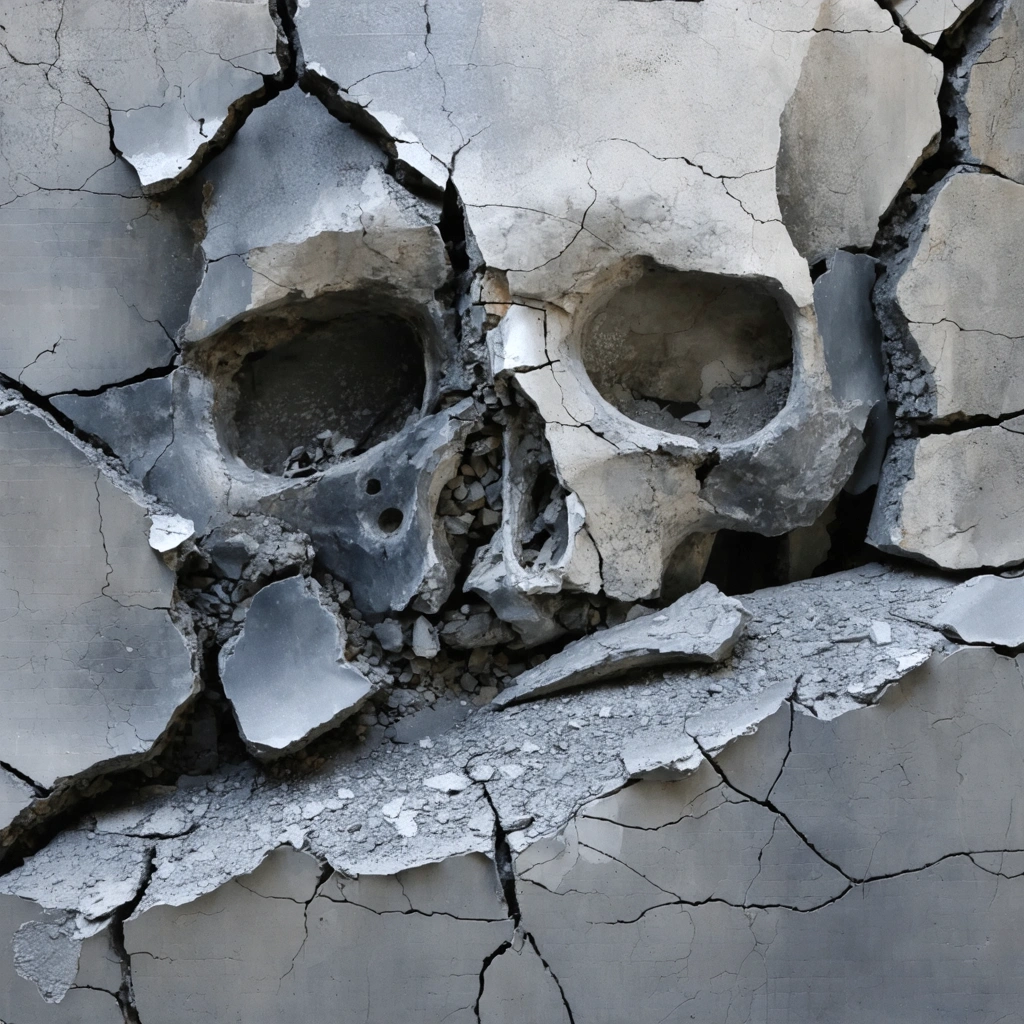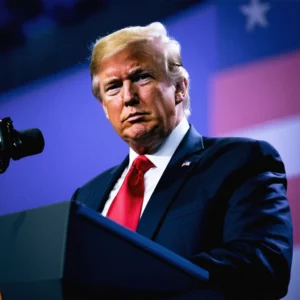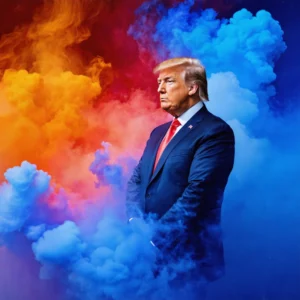
Introduction to Crisis and Hope
In the heart of Gaza, communities seek resilience amid broken lives and constant turmoil. Families and individuals persist, exercising determination as they search for healing even though conflict seems relentless. Moreover, activists and everyday citizens express hope, united in the struggle to mend not just physical damage but also deep emotional wounds. City streets echo with protest chants and whispered pleas for change. Furthermore, these acts of defiance create a narrative that intertwines grief with hope. Daily, residents confront the overwhelming challenge of reclaiming life from the grip of a turbulent past, and gradually, the city breathes a sigh of collective determination.
The Unyielding Pulse of Resistance
Protests against Hamas bolster an atmosphere of resistance while communities continue to demand justice and self-determination. Protesters courageously step forward, advocating for accountability and change. In doing so, they articulate a vision of a future free from needless bloodshed. Alongside public gatherings, local storytellers share accounts of survival, often recounting the pain that reverberates from loss, personal sacrifice, and unyielding ruptures. In this narrative, each voice matters as much as every cry for liberation. Additionally, protest organizers employ innovative tactics such as creative demonstrations, social media campaigns, and international diplomacy. This approach intensifies the fight against prolonged and unnecessary violence by shining a spotlight on the scars that mark both body and soul.
A Landscape of Fractured Lives and Renewed Courage
The streets of Gaza present a vivid tableau depicting the conflict between despair and hope. Residents endure hardships daily, describing their emotional scars in passionate conversations. For example, local elders recount lost dreams while young activists question what price freedom demands. In their dialogue, modern media often reflects the harsh realities while giving necessary context to devastating consequences. Therefore, citizens develop strategies to cope with trauma. They establish community support groups and organize local forums, techniques that empower many to articulate pain and resilience. Illustratively, the following bullet list outlines key elements that shape Gaza’s collective healing:
- Mutual support among neighbors
- Community-led initiatives for mental health
- Cultural engagement and traditional storytelling
- International dialogues to raise awareness
Subsequently, residents urge the international community to intervene tactfully, in hopes of averting further unnecessary violence.
The Roadmap to Healing: Strategies and Reflections
Remarkably, the journey toward healing follows a series of well-thought-out steps. First, community leaders and mental health experts encourage open conversations about trauma. Second, local organizations provide safe spaces for children and adults alike, preventing the escalation of despair. Third, protest movements work closely with humanitarian groups to ensure that every casualty, whether emotional or physical, finds solace and restoration. Moreover, a numbered list of initiatives includes:
- Developing community centers dedicated to psychological support
- Implementing educational programs that discuss peace and reconciliation
- Enhancing digital platforms to share success stories and healing methods
- Engaging local artists to express the collective sentiment through public murals and installations
Additionally, non-governmental organizations consistently release reports that demonstrate statistical progress. The table below illustrates diverse approaches currently in effect:
| Initiative | Objective | Outcome |
|---|---|---|
| Community Centers | Safe spaces for resume psychological healing | Enhanced emotional relief |
| Educational Programs | Promote peace and transparency | Rising social awareness |
| Digital Platforms | Share real-time recovery stories | Increased international engagement |
All things considered, although the environment remains fraught with danger, each effort ignites sparks of change that promise a better future.
Voices from Within: Personal Narratives and Unyielding Spirit
Individuals across Gaza articulate their struggle with pain while embracing hope for a new dawn. Courageous voices recount the journey from fear to empowerment, always interjecting a call to unity. They emphasize, for instance, that survival depends on active participation. Also, local poets and musicians transform their sorrow into art, sharing narratives that provoke global empathy. Consequently, the sound of resilience echoes in every alley and street corner. Significantly, community initiatives spread across neighborhoods draw international attention and encourage thoughtful dialogue. Meanwhile, regional leaders continue to negotiate relief measures, promoting creative expressions of dissent and hope simultaneously. Furthermore, each personal narrative forms part of a larger mosaic showcasing communal bravery and the collective determination to heal. In essence, these passionate dialogues bind communities together and underscore that healing a scarred soul remains a sustained, engaged process.




